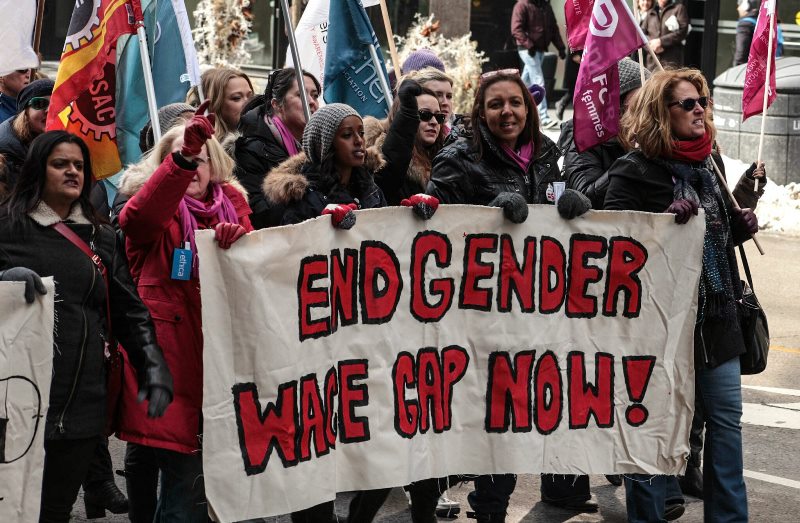A new report from the World Economic Forum (WEF) found that women around the world work an average of 39 more days a year than men.

Despite that, the report suggests, it will take another 170 years before there is global equality between the sexes.
The WEF’s 2016 Global Gender Gap report found the pay gap this past year to be at its lowest point since 2008 after reaching a peak in 2013. The report also found women work an average of 50 minutes more a day than men across both paid and unpaid work.
READ MORE: Canadian wage gap narrows with education: Study
No country has fully closed the overall gender gap, according to the report. But the five countries with the smallest gap between men and women are Iceland, Finland, Norway, Sweden and Rwanda, the report says.
Canada finished in the 35th spot on the list, ahead of the U.S. at 45. The report noted that despite a drop in female legislators, Canada has made improvements when it comes to more women in parliament.
The index didn’t just look at pay differences between the genders. The report also measured differences in economics, education, health and political empowerment from 144 different countries.
READ MORE: Women ask for pay raises as often as men, they just don’t get them: study
The authors also took note of Prime Minister Justin Trudeau’s creation of a gender-balanced cabinet.
The report found that of the 144 countries covered in the index, 95 per cent have closed the gap in educational attainment, meaning equal access to basic and higher level education.
The widening gap between equal pay for men and women was based on a number of factors that include salary and women being underrepresented in senior workplace positions.
“Women around the world on average earning just over half of what men earn despite, on average, working longer hours taking paid and unpaid work into account,” the report said. “The number of women in senior positions also remains stubbornly low, with only four countries in the world having equal numbers of male and female legislators, senior officials and managers, despite the fact that 95 countries now have as many – if not more – women educated at university level.”
READ MORE: The more women lean in, the more unequal their pay
The authors also said another challenge to closing the pay gap is “stagnant labour-force participation,” with the global average for women standing at 54 per cent, compared with 81 per cent of men.
Yemen finished last on the list, with Syria, Saudi Arabia and Iran rounding out the bottom.
“Women and men must be equal partners in managing the challenges our world faces – and in reaping the opportunities. Both voices are critical in ensuring the Fourth Industrial Revolution delivers its promise for society,” said Klaus Schwab, founder of the World Economic Forum, in a statement.





Comments